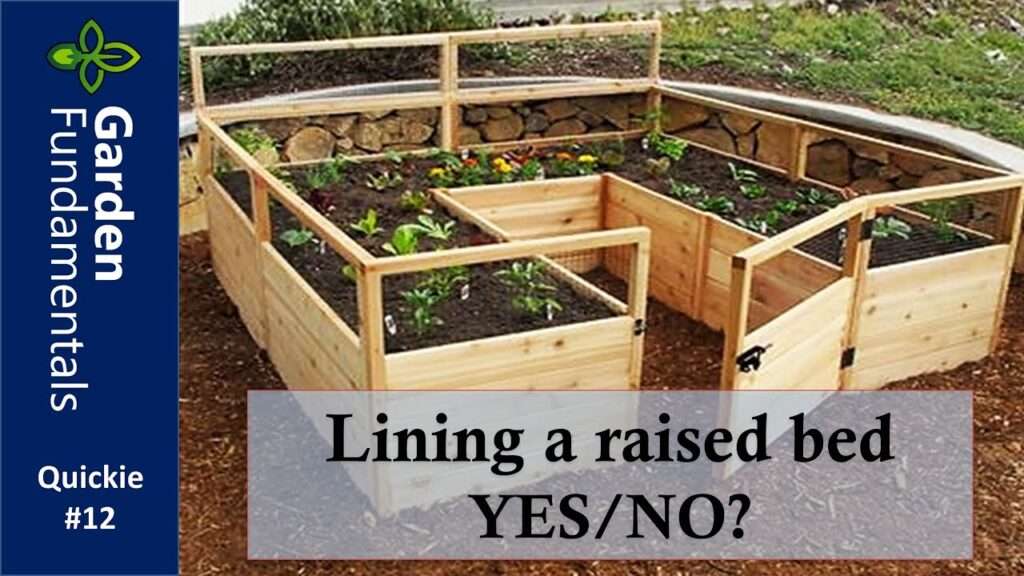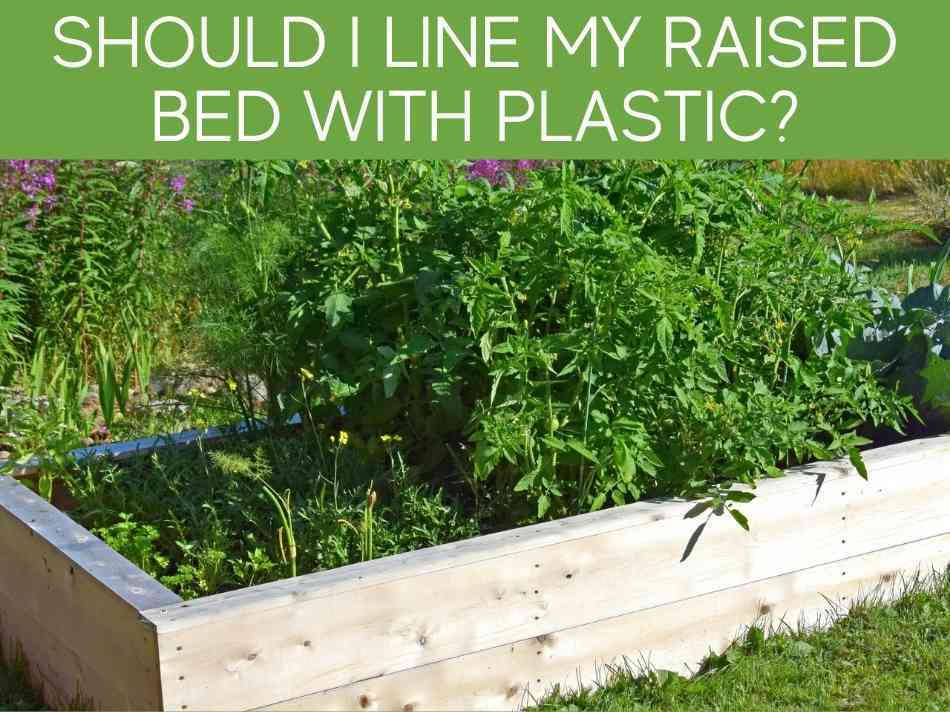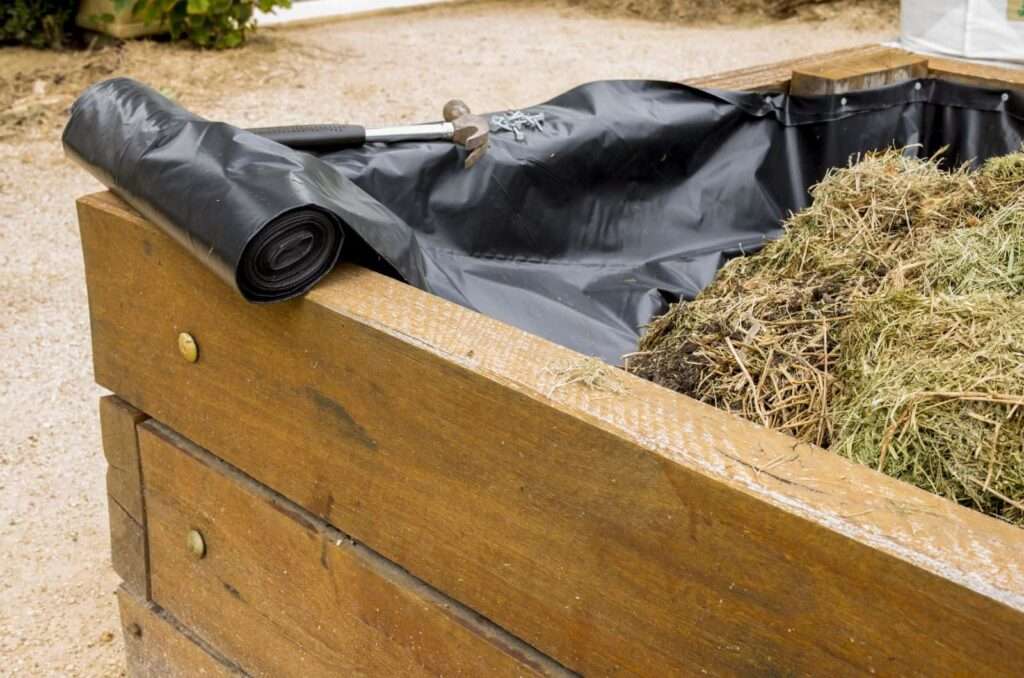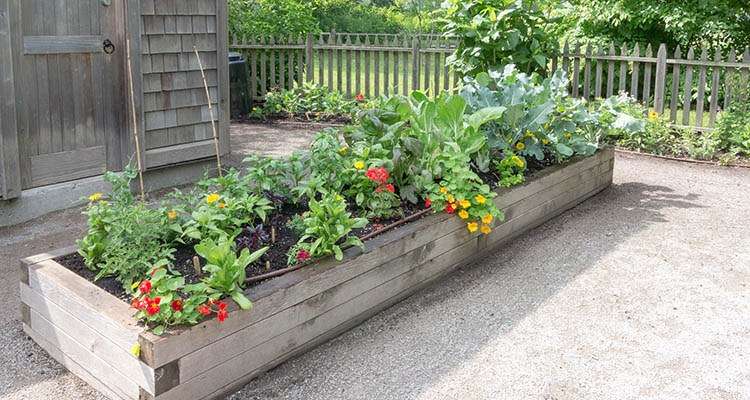In this article, we’ll discuss the pros and cons of lining a raised garden bed with plastic. We’ll explore the benefits that plastic can provide, such as preventing weed growth and retaining moisture. However, we’ll also dive into the potential drawbacks, like restricted drainage and potential for mold or rot. By the end of this article, you’ll have a better understanding of whether or not lining your raised garden bed with plastic is the right choice for you.
Pros and Cons of Lining a Raised Garden Bed with Plastic
When it comes to creating a raised garden bed, there are several factors to consider to ensure the success of your plants. One such factor is whether or not to line the bed with plastic. Lining a raised garden bed with plastic has its advantages and disadvantages, and it’s important to weigh the pros and cons before making a decision. In this article, we will explore the benefits and drawbacks of using plastic as a lining for your raised garden bed.

Pros of Lining a Raised Garden Bed with Plastic
Prevents Weed Growth
One of the primary benefits of lining a raised garden bed with plastic is that it acts as a barrier against weed growth. By blocking sunlight and inhibiting weed germination, plastic lining reduces the need for regular weeding. This can save you time and effort in maintaining your garden bed, allowing you to focus on other aspects of gardening.
Retains Moisture
Another advantage of using plastic as a lining material is its ability to retain moisture. By preventing water evaporation, plastic helps to keep the soil consistently moist. This is particularly beneficial in dry climates or during hot summer months when water can easily evaporate from the soil. With less water loss, you won’t need to water your plants as frequently, saving both time and water resources.
Increases Soil Temperature
In cooler climates or during the early spring season, lining a raised garden bed with plastic can help increase the soil temperature. The plastic acts as a barrier that traps heat, warming the soil and creating a more favorable environment for seed germination. This can lead to faster and more successful seed germination, giving your plants a head start in their growth.
Protects Against Pests
Using plastic as a lining material can also provide protection against pests. The physical barrier created by the plastic prevents burrowing insects from accessing your plants. Additionally, it deters crawling pests, such as slugs and snails, from reaching your crops. This can help reduce the damage caused by pests and minimize the need for chemical interventions.
Extends the Growing Season
By trapping heat, plastic lining can extend the growing season of your plants. It allows you to start planting earlier in the spring by providing an extra layer of insulation against cold temperatures. Similarly, in the fall, plastic lining can protect your plants from frost damage, allowing them to thrive for a longer period. This can significantly increase your gardening opportunities and yield.
Cons of Lining a Raised Garden Bed with Plastic
Limits Drainage
One of the drawbacks of using plastic as a lining material is that it limits drainage. While it helps to retain moisture in the soil, excess water may have difficulty draining out. This can lead to waterlogged soil, which is detrimental to the health of your plants. Waterlogged soil can suffocate plant roots and create an environment prone to root rot.
Can Lead to Root Rot
Root rot is a common issue that can arise when using plastic lining in a raised garden bed. The plastic material can trap excess moisture, creating a favorable environment for fungal growth. This can result in root rot, a condition where the roots of plants become infected and start to rot. To avoid this problem, proper water management and adequate drainage must be ensured.
Reduces Nutrient Availability
Plastic lining can impede the uptake of nutrients by plant roots. The barrier created by the plastic limits the movement of water-soluble nutrients, making them less available to the plants. This reduction in nutrient availability can result in slower growth and diminished overall plant health. To compensate for this, increased fertilization may be necessary to provide adequate nutrition for your plants.
Hinders Beneficial Organisms
A healthy garden relies on the presence of beneficial organisms in the soil. Unfortunately, plastic lining can hinder the movement of these organisms. The restriction of beneficial insects and microorganisms can negatively impact soil biodiversity and the overall health of the garden ecosystem. It’s important to consider the long-term effects on the soil before deciding to use plastic lining in your raised garden bed.
Inconvenient for Crop Rotations
Crop rotation is an essential practice in gardening for maintaining soil fertility and preventing the buildup of pests and diseases. However, using plastic as a lining material can make crop rotations more challenging. The plastic lining can be difficult to remove and replace, limiting the flexibility in changing plant varieties and arranging crop rotations. This may require alternative strategies to ensure proper soil management and the health of your plants.

Conclusion
Lining a raised garden bed with plastic offers both advantages and disadvantages. It can prevent weed growth, retain moisture, increase soil temperature, protect against pests, and extend the growing season. However, it also limits drainage, can lead to root rot, reduces nutrient availability, hinders beneficial organisms, and is inconvenient for crop rotations.
To determine whether or not to line your raised garden bed with plastic, consider the specific needs of your garden and the potential impact on plant health and soil quality. Experimentation and observation in your own garden can provide valuable insights. Remember to weigh the pros and cons before making a decision to ensure the success of your raised garden bed.






